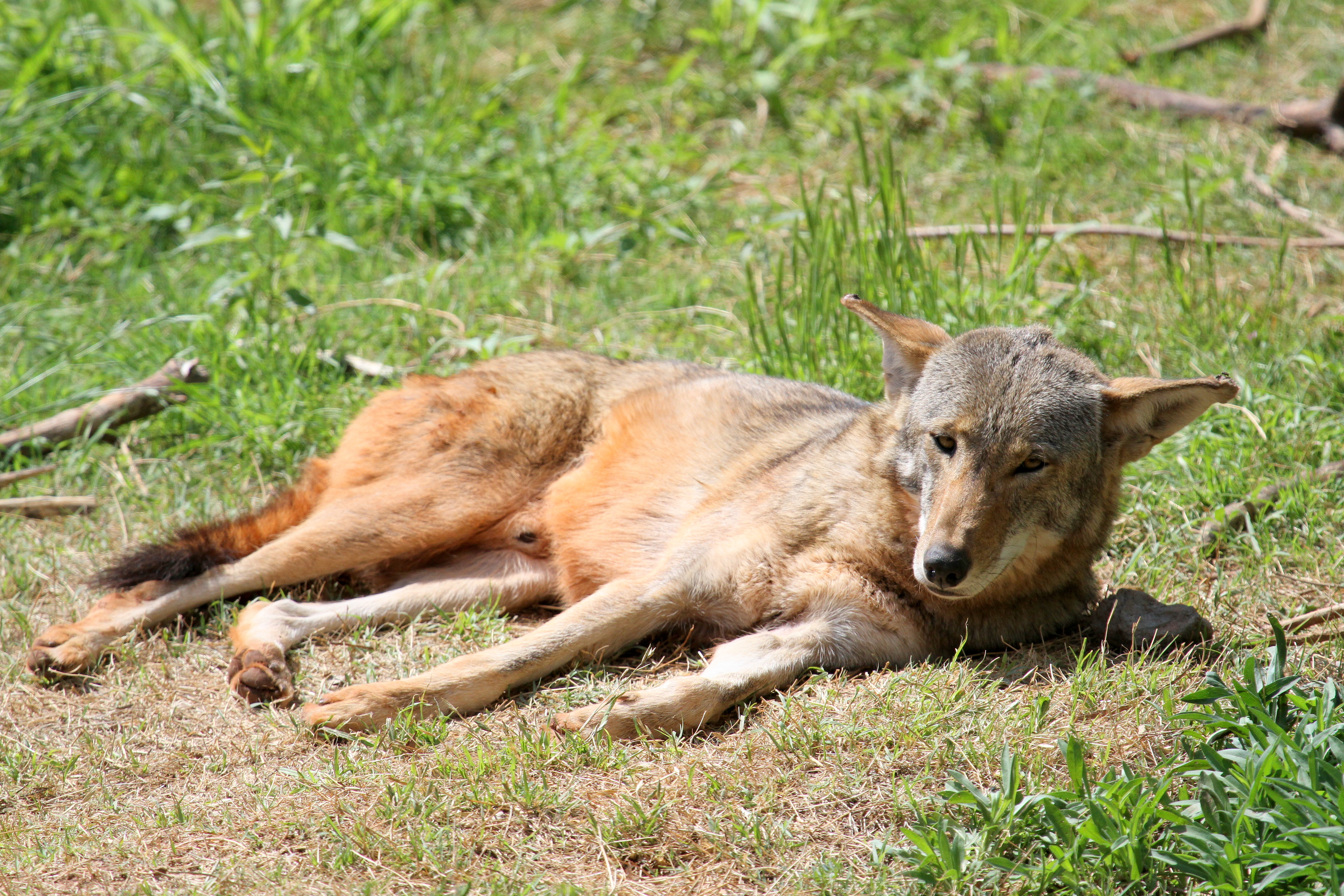
Policy protecting the red wolf began with the listing of the species as endangered under the Endangered Species Preservation Act in 1967. This listing which classifies the red wolf as a “species that are likely to become extinct throughout all or a large portion of their range” therefore spurring the conservation efforts to save the species[i]. In 1973 the Endangered Species Act was passed which furthered the conservation efforts by establishing laws and regulations to protect species that are listed as threatened or endangered.
Moving forward a species survival plan was formed. This initiated captive breeding programs and reintroduction programs across the United States. The reintroduction program in the Alligator River National Wildlife Refuge that recently came to a halt in 2015 began in 1987 as an experimental reintroduction program in what is widely considered the heart of its former range.
Before the 1987 experimental reintroduction program began, the red wolf was listed as an experimental/nonessential species under a new amendment to the endangered species act. This reclassification was a result of the red wolf being declared officially extinct in the wild. The classification of experimental/nonessential is defined as “A “nonessential” designation for a 10(j) experimental population means that, on the basis of the best available information, the experimental population is not essential for the continued existence of the species”[ii]. The classification removes the restrictions and precautions that protect species listed as this on private land. This has implications on the accidental or intentional killing and harassment of this endangered species.
In more modern times an adaptive management plan has been instituted to address the red wolf/coyote hybridization problem. The threat posed to the red wolf population by hybridization is a significant one. Due to this, adaptive management strategies aimed to reduce the amount of interspecies interactions in the areas where reintroduction programs were occurring. Tagging and tracking animal movement is an example of a technique used shape the adaptive management plan.
Opposition to the reintroduction of the red wolf has been prevalent for over two decades. One of the first attempts to stymie the red wolf reintroduction was a petition to delist the red wolf as endangered on the basis that it is not genetically dissimilar enough from the coyote. This petition aimed to allow hunting and other restrictions on the red wolf. While this petition was rejected, it was not the last attempt to remove the red wolf from the endangered list. Recently, a report was released on an investigation that was the result of complaints against the red wolf recovery program. These complaints claimed that the red wolf recovery program had knowingly disobeyed the restrictions of the program and bolstered numbers to deceive decision makers and receive support for the program.
Recently the red wolf reintroduction program was brought to a halt as future feasibility is being assessed. However, the coyote hunting season has also been halted as a result of the continued debate over the conservation of this species. The coyote hunting season is usually day and night all year long. The season has been halted as a result of court deliberations over an agreement that will permanently end night hunting of the coyote, thus protecting the red wolf by preventing accidental shootings.